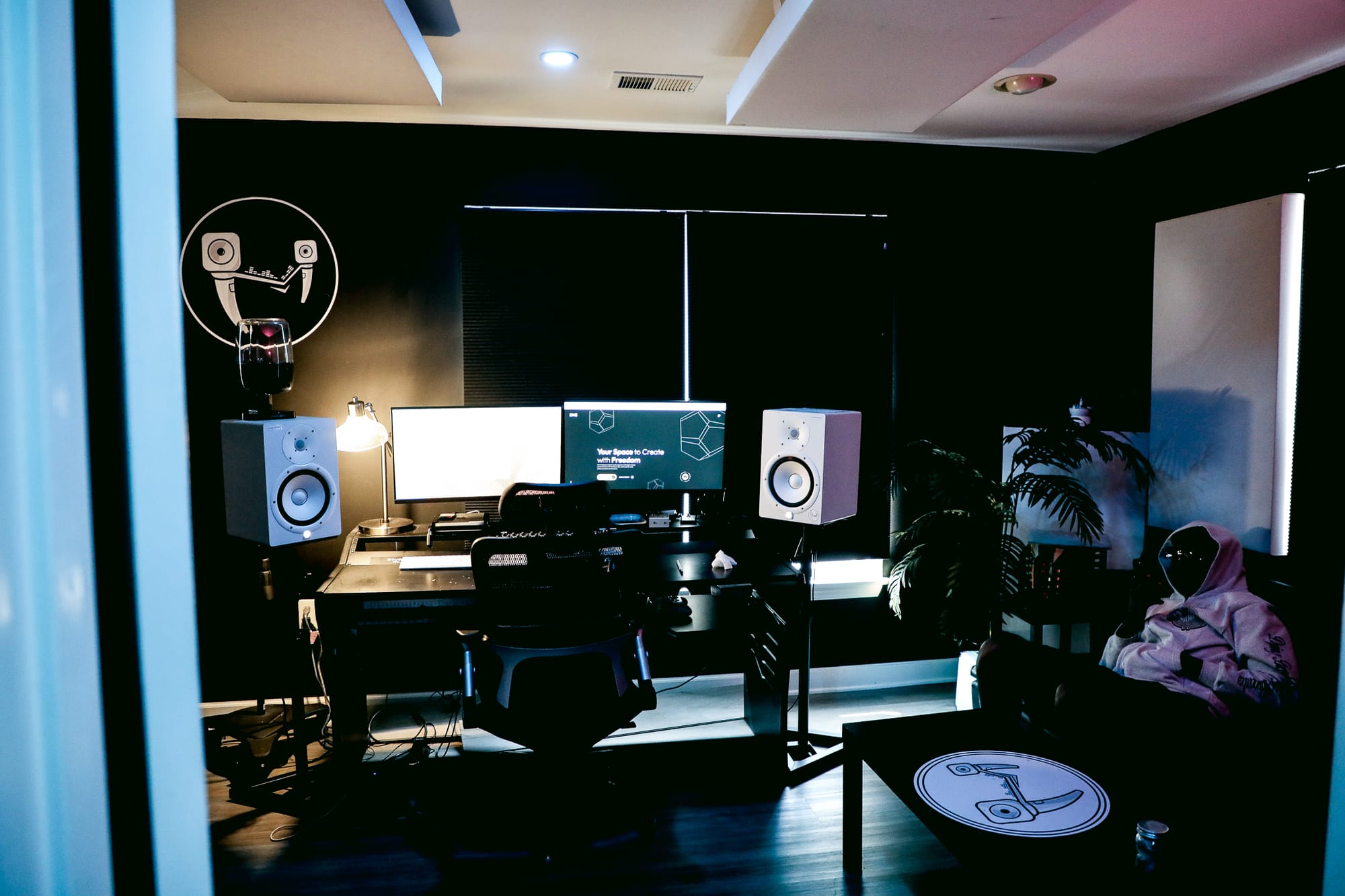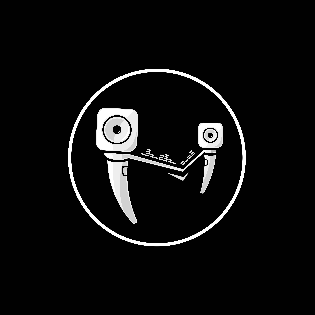Creating Your Own Recording Template in ProTools
Getting into Pro Tools, the first time you open it, it’ll be blank. That can be intimidating ... I'm going to break it down in a simple and digestible way.

Every artist needs a canvas to paint on. Your recording template is that blank canvas. I'm not going to get too technical, just help you build a basic template to get you recording as soon as possible. Coming from someone who wasn’t formally trained in engineering, the technical understanding does come with time, so don't be afraid to just start.
Getting into Pro Tools, the first time you open it (or whatever DAW you do use), it’ll be blank. That can be intimidating because it seems like there's a lot going on, and not a lot of direction on what to do. But making a template to record with isn't too complicated. I'm going to break it down in a simple and digestible way.
We're going to need a track for the beat, a track to record on, two tracks to drag the vocals down to, and then a master to run everything through. Now, this might vary depending on what DAW you use, so my advice is to get a little familiar with it first so that this can really click.
To get started in Pro Tools go to track at the top of the screen and hit new. First we're making a track for the beat. On the window that pops up, you’ll have multiple drop-downs to customize your track. We're going to want this in stereo, and then we'll name it beat. Next we need a track to record on, same process; track, then new. This one we're going to keep in mono and we're going to name it record. Again; track, new. This time we're going to make two track, keep them in mono, name them main vocal. Finally we need that master I was talking about that everything's going to go through, Track, new, stereo, then instead of audio track, you'll go to master fader.
That's all the tracks you need to record, not too much. Now, if you wanted ad libs or tracks for your background vocals, you just apply that same process and make those tracks for yourself. If you like to be organized like me, you can change your track colors so it's easier to look at than all these blue blocks you’re seeing. The next part is plugins, and that's a little bit more complicated. But, like I said, we're not going too technical. So, I'm just going to tell you what you need. in later posts we’ll explain why and how to use each one.
There's a lot of free versions of plugins, and there's a lot of paid versions of them. What you use doesn't matter, because it's really not about the equipment, plugins, or how much you spend; it's about your taste and knowing how to use what you do have. I'm gonna go through and put the plugins on that I like to use, but you can use whatever you want and get the same quality sound.
First, the record track. I like to keep the record track as dry as possible so that me and the artist can hear their vocals as naturally as possible, then afterwards we can tweak them and add effects. To add our first plugin, click under inserts on the record track and search auto tune, click on one of your choice. The last plugin for the record track is a compressor, click inserts again and choose a compressor. That's it for the record track! I know two plugin windows just popped up and you might not have any idea what that means, but that's okay, because in this, all we're doing is putting the pieces where they need to be, and then later we'll understand how to start using them.
Next we’ll move on to the main vocal tracks. They're going to have the same plugins on them, so you can copy them to both. First, again we're going to put in an auto tune. Next we're going to add EQ. Then we're going to add a compressor. After that, a DeEsser. And then finally a second compressor. That's all you need!
Over time, you’ll want to get more advanced and learn more nuanced aspects of engineering, but this is all you need digitally to start getting a clean sound. How you use each of these plugins, and when you use them take something from sounding elementary to professional.





